One of the biggest debates in modern gaming is whether a non-linear, open-game structure is superior to a linear, sometimes mission-based one. There are obviously pros and cons to both, with non-linear titles such as Elden Ring inevitably allowing more freedom, while linear games such as The Last of Us Part 1 tend to have tighter narratives and a more natural learning curve. Developer Bokeh Game Studio’s upcoming action horror title Slitterhead will fall into the latter camp, but it seems this was not always necessarily the case.
Game Rant Recently sat down with Keiichiro Toyama, CEO of Bokeh Game Studio and creator of the Silent Hill series, to talk about Slitterhead‘s unique approach to gameplay. It seems to be an ambitious title that taps into Toyama’s knowledge of the genre in all the best ways. He discussed the game’s development journey, and how it was initially going to have a more open map structure.

Related
Slitterhead Hands-On Preview: Body Swapping Hack and Slash
Slitterhead is the first game from Bokeh Game Studio, and Game Rant played it at PAX West 2024.
Slitterhead’s Mission Structure Changed During Development
Video games will often change during their development cycle. Ideas that first seemed inspired can quickly become unrealistic or completely unsuitable for the project. The best studios tend to be the ones that can quickly pivot and change a game’s themes, structure, or mechanics as needed to make the best possible game. Toyama explained that, initially, Slitterhead was going to have a more open map structure, but for the sake of the game’s pacing, this was changed:
”I would say that at first we envisioned a more open map structure, whereas we settled on dividing the areas into a mission-based structure. I believe that decision made it easier to control the pacing of the game progression.”
NPCs Will Play a Key Role in Slitterhead
However, just because Slitterhead has a more linear approach to gameplay, Toyama was quick to point out that ”Each of our level designers had a certain degree of creative freedom with structuring the missions.” He emphasized that NPCs in particular have a key role to play. The protagonist, an entity referred to as the Hyoki, can jump between NPCs as needed. In addition to standard NPCs, some humans share a connection to the Hyoki and are known as Rarities. Each Rarity comes with its own set of abilities and skills. This level of depth means that far greater care has gone into NPC design and creation than usually would in a game of this type. Toyama explained:
”While NPCs are usually considered as aspects to adjust when balancing the processing load, in this game, we had to give them significant importance in terms of level design. I believe this was quite a challenge when having to release the game on so many platforms.”
Slitterhead is certainly introducing some fresh concepts to a genre that can often be guilty of using the same gameplay tropes. Horror games can sometimes be overly reliant on jump scares, but Toyama insists that Slitterhead will be more psychologically subtle in its approach, building up a sense of anxiety in the player. The fast-paced action should provide an interesting contrast to the slower narrative build, making for a horror experience unlike any other. With the game set to launch in early November, fans don’t have long until they find out if this contrasting approach pays off.
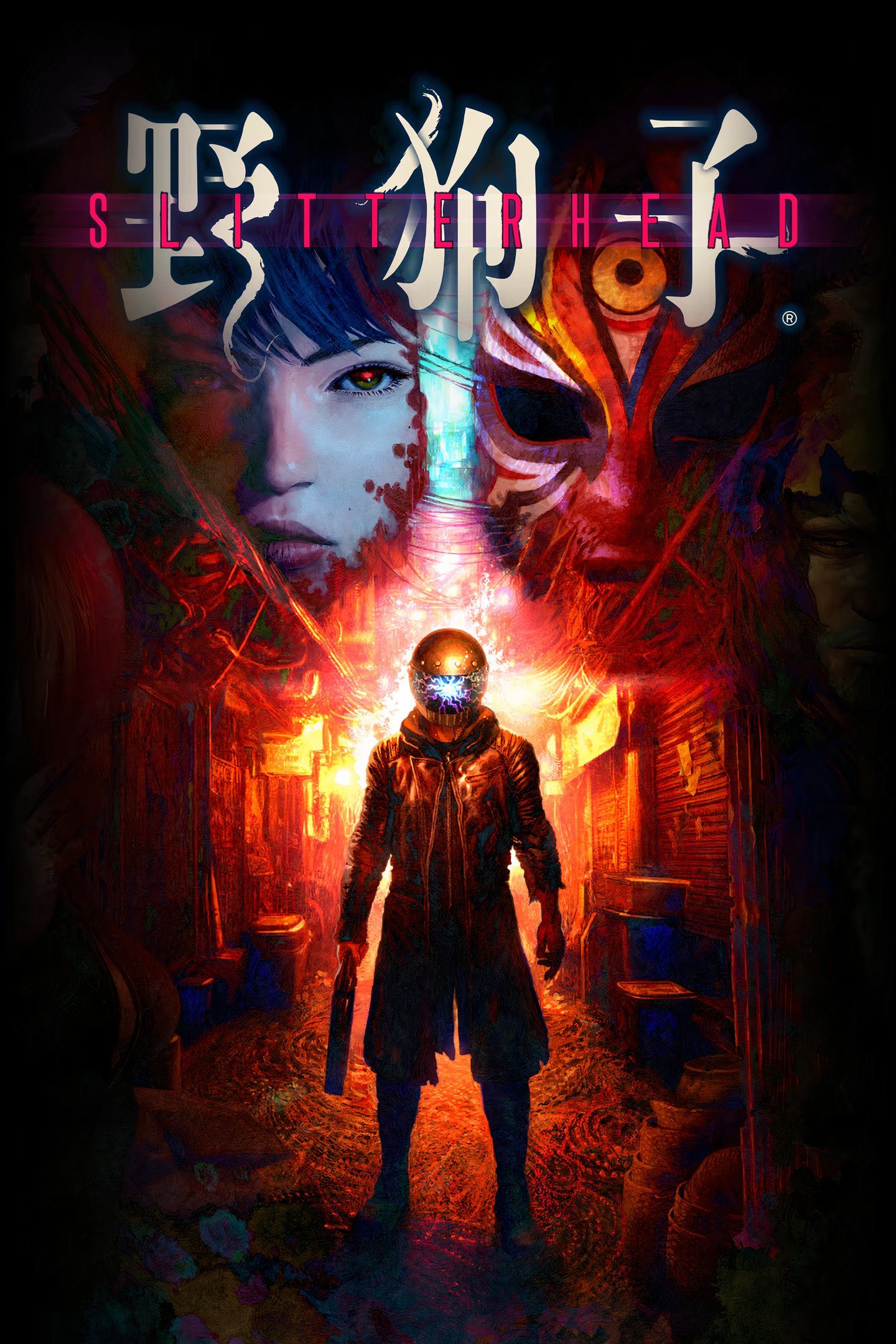
- Released
- November 8, 2024
- Developer(s)
- Bokeh Game Studio
- Publisher(s)
- Bokeh Game Studio
- ESRB
- m
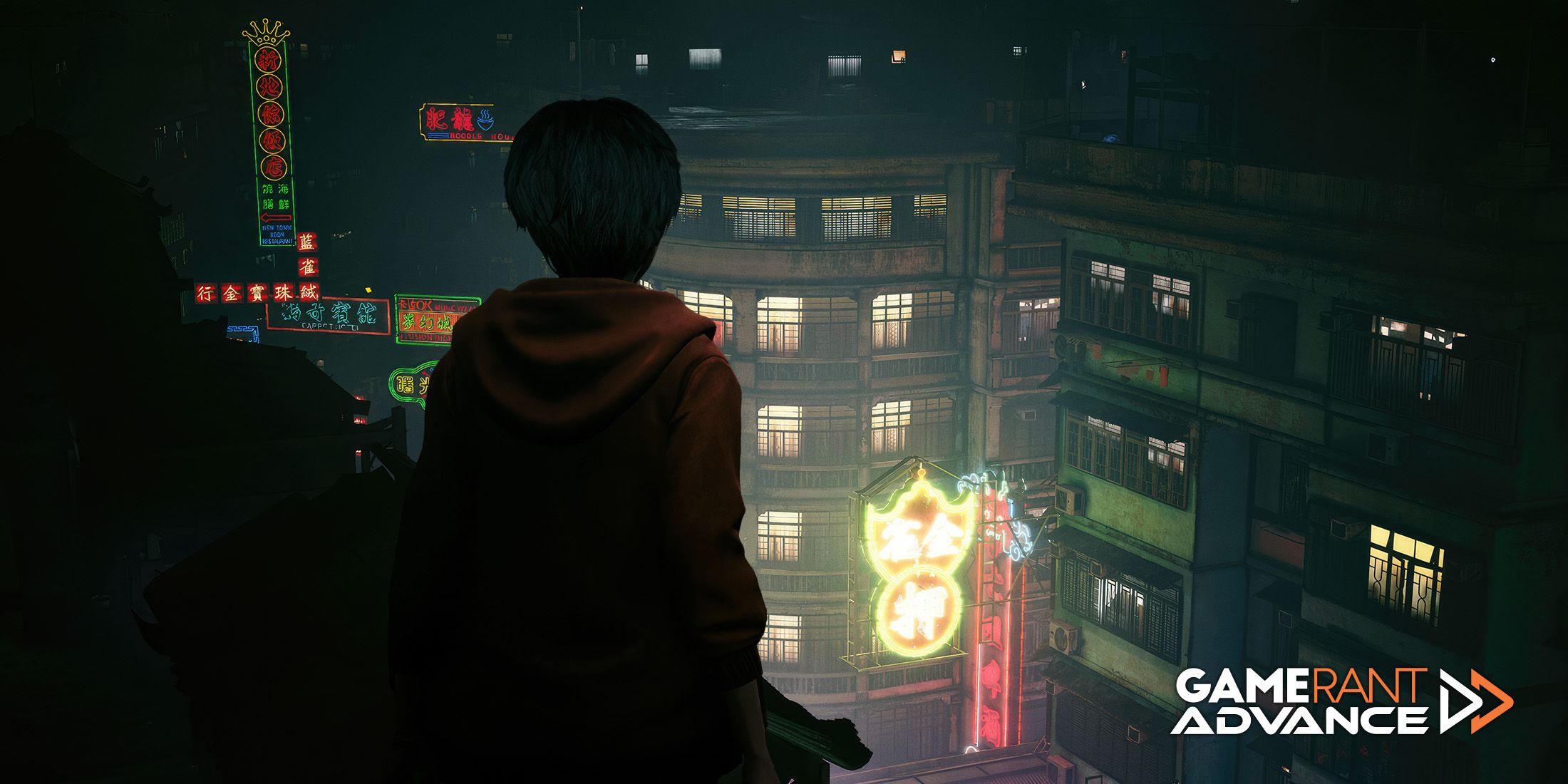
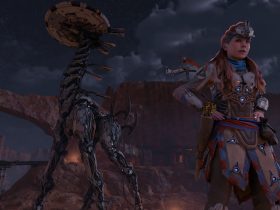
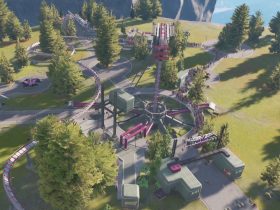



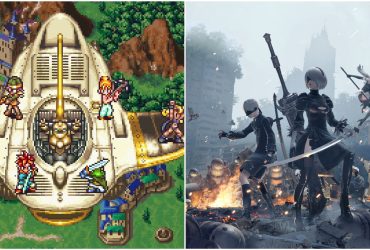
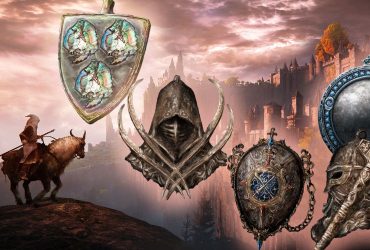

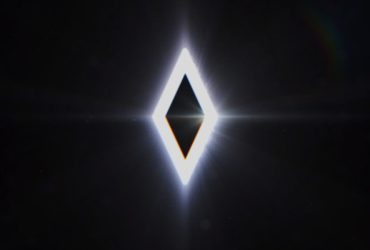
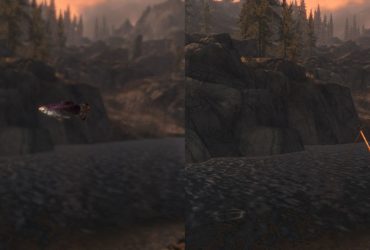
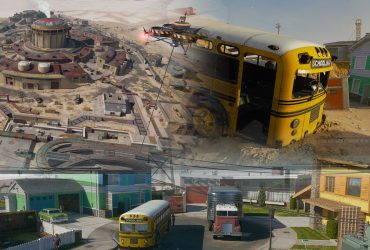
Leave a Reply